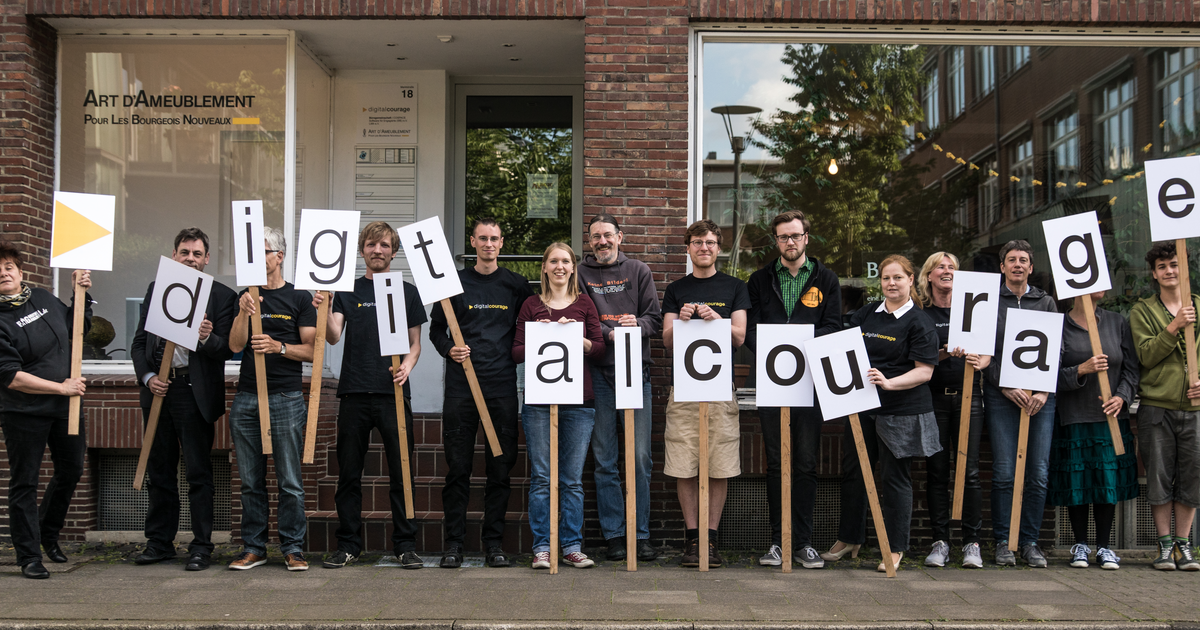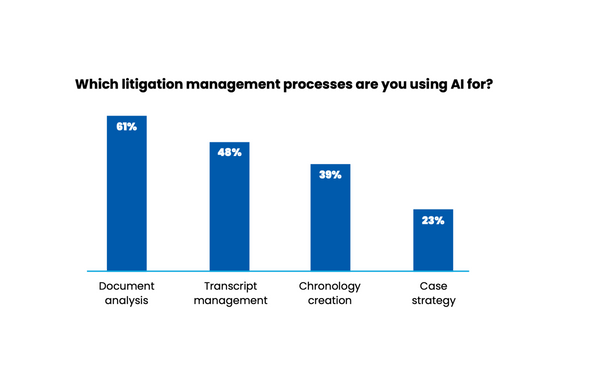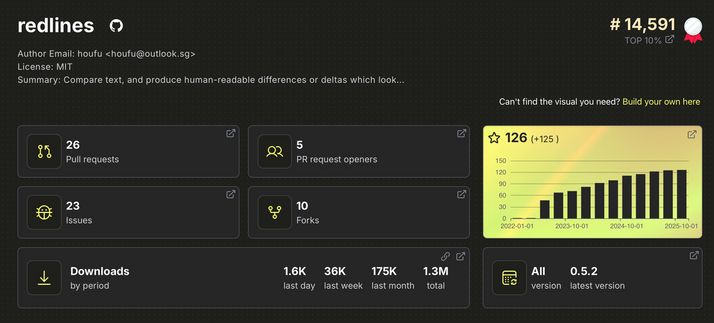TL;DR: Lawmakers have raised concerns over stolen police logins that leave Flock surveillance cameras vulnerable to hackers, with 3% of law enforcement users lacking multi-factor authentication, potentially compromising agency accounts. https://techcrunch.com/2025/11/03/lawmakers-say-stolen-police-logins-are-exposing-flock-surveillance-cameras-to-hackers/ #law #tech #legaltech
#autosum











